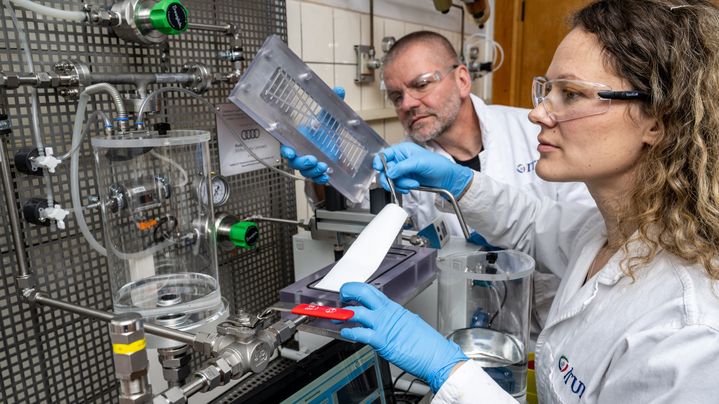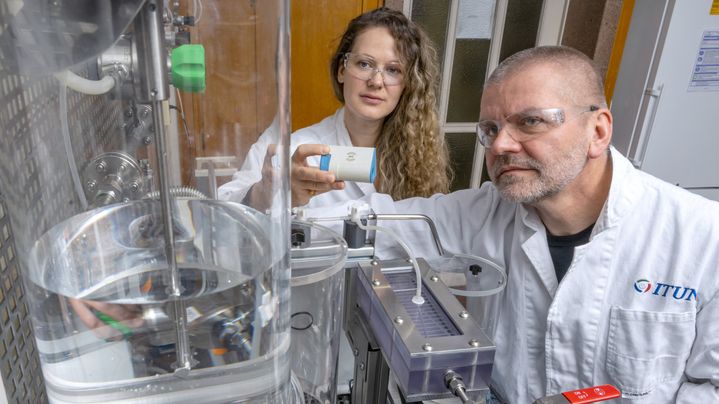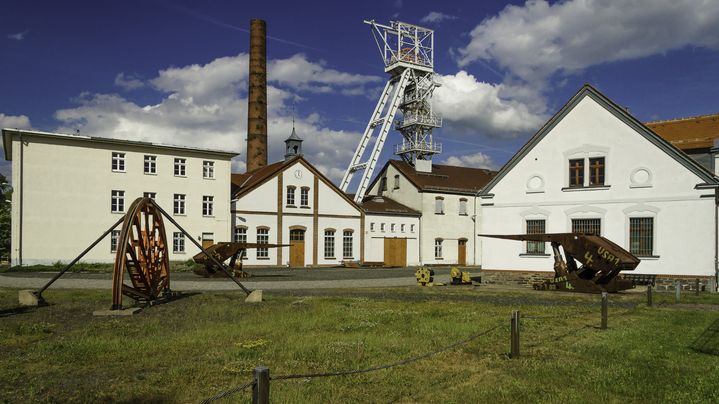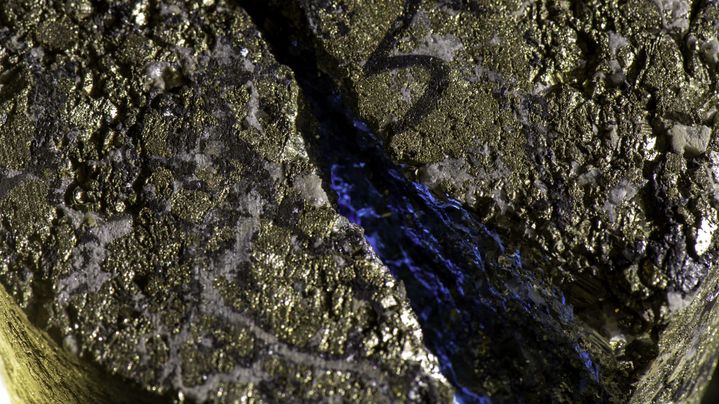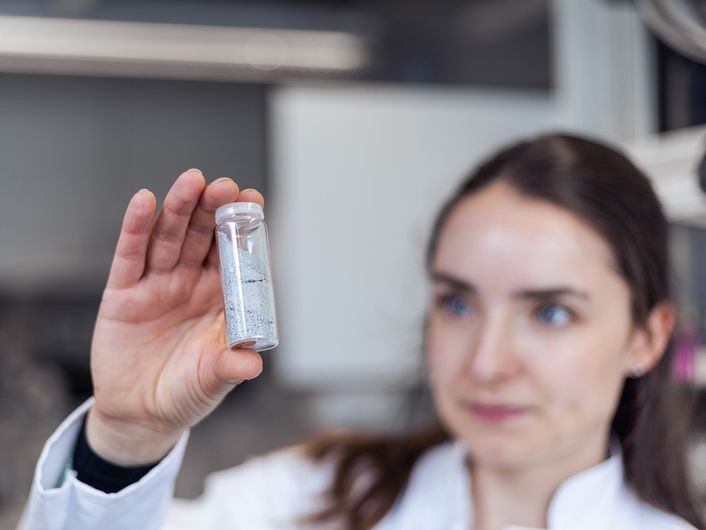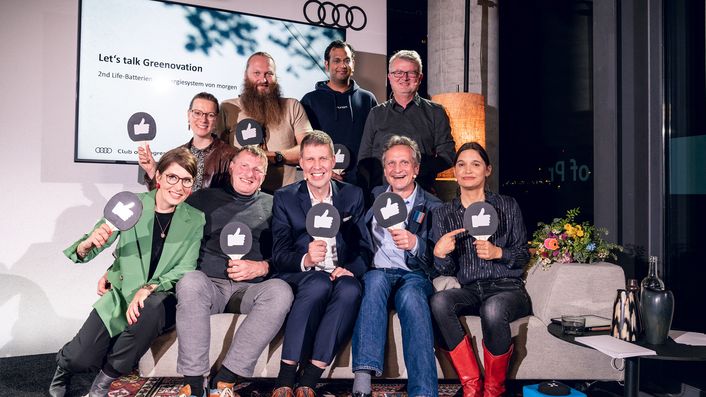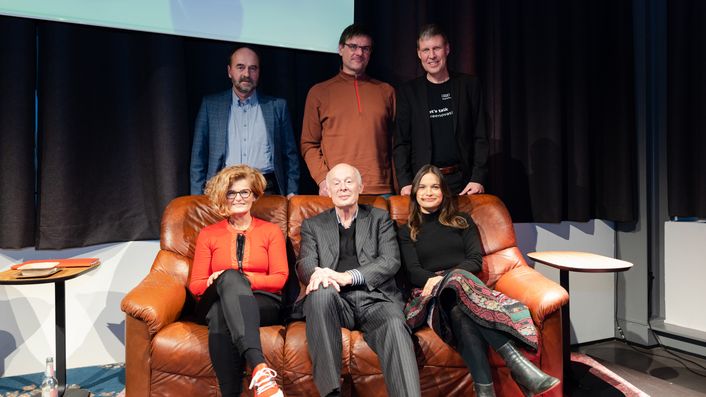Sustainable raw material extraction for strategic metals: Project for the mining of the future
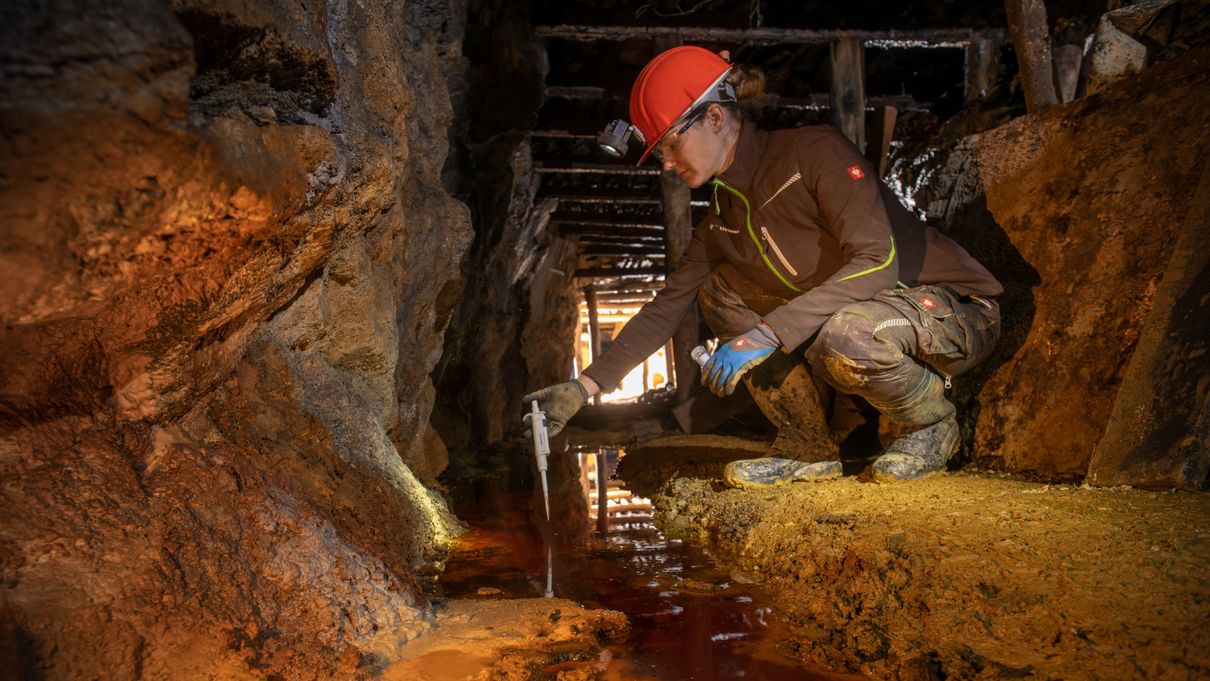
Challenges concerning raw materials policy require new solutions
The EU report for strategic elements forecasts that the technology metals indium and germanium will experience the second-largest and third-largest increase in demand by 2030, respectively. In addition, numerous metallic raw materials, such as copper, cobalt, nickel, and lithium as well as rare earths are finite in their availability. They are required for many future technologies, including electric mobility.
Another challenge is that resources can mostly be found only in a few countries, meaning that they are distributed unevenly throughout the world and are complicated to access. Moreover, mining activities involve massive negative environmental effects and therefore it is difficult for them to find acceptance.
Reason enough to establish environmentally friendly and alternative extraction methods for securing raw materials.

Sustainable underground extraction of raw materials with membrane technology
The project partner, the Institute of Thermal-, Environmental- and Resources’ Process Engineering at Freiberg University of Mining and Technology has developed a procedure, which makes a contribution toward the environmentally friendly and sustainable extraction of high-tech elements, such as indium and germanium.
The sustainable and energy-efficient raw material extraction processes combines a hybrid membrane separation process with microbiological leaching. It is used directly underground in the research and training mine “Reiche Zeche”, i.e. in-situ.
The microinvasive extraction procedure begins at a depth of 147 meters with a leaching pathway that leads directly into the ore vein. There, using micro organisms that occur naturally in the mine, metal ions are excavated out of the ore. This results in a metal-rich solution, which is directed into the membrane system. The system separates the microorganisms and directs them back to the leaching process according to the principle of a circular economy. In addition, the membrane system also ensures the selective fractionation and concentration of the desired ions. The objective of this process is to accumulate indium and germanium from a multi-component mixture.
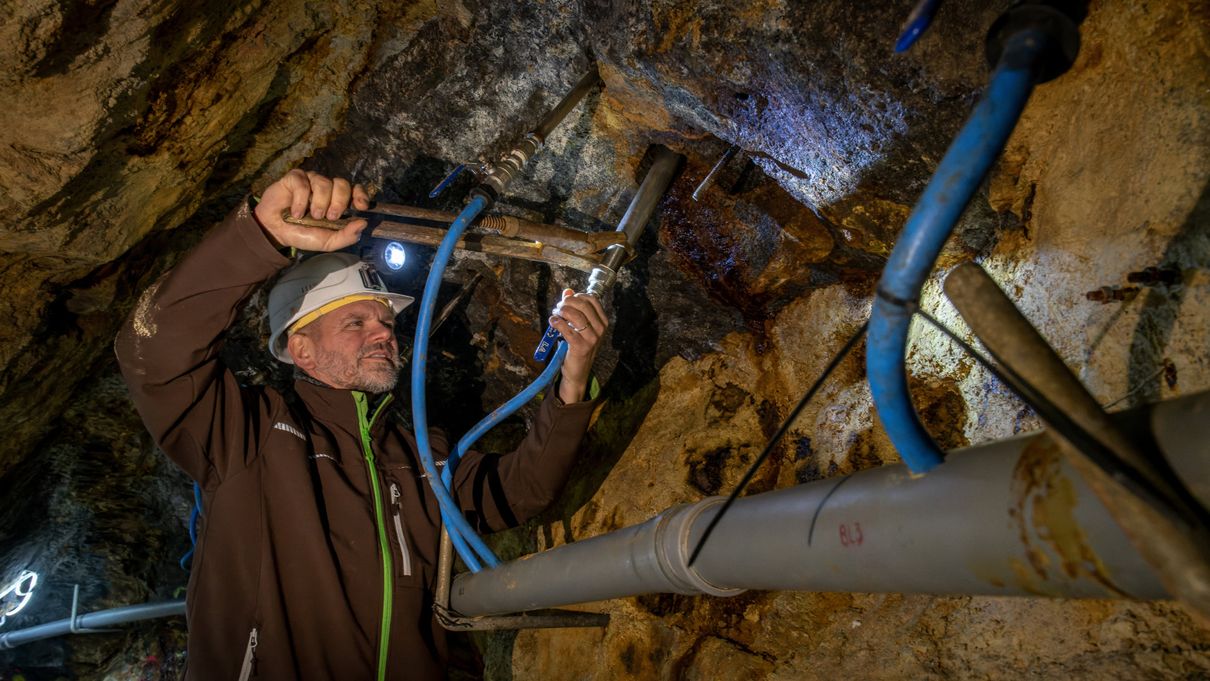
These two strategic metals are required for high-tech products, such as flat monitors, touchscreens, navigation systems, fiber optic technology, computer chips, photovoltaic systems, and plain bearings for automobiles.
Micro-invasive mining of raw materials as a sustainable, environmentally friendly alternative
The newly developed technology of microinvasive mining has the objective of preventing or reducing the negative consequences of conventional mining and the subsequent processing steps to a minimum. This method is applied without the use of heavy machinery. It can also be used to extract ores with a very low metal content and secondary raw materials and can be used at various (former) mining locations with the use of the existing infrastructure. The procedure is environmentally friendly, sustainable, and promises not to damage the landscape. It saves resources because it works in line with the circular economy. This application of technology saves our resources because it works in line with the principle of a circular economy. It helps to shape a more livable environment. “This is a project, which develops a new, environmentally friendly technology in order to extract important resources. This corresponds exactly with our greenovation approach,” says Dr. Rüdiger Recknagel, Managing Director of the Audi Environmental Foundation. It makes us less dependent on exports and thus increases supply security.
The Institute for Mining and Special Civil Engineering at the Freiberg University of Mining and Technology is preparing the infrastructure of the leaching pathway on the first level of the research mine. The institute for Bio sciences cultivates the micro organisms. The research cooperation is initially scheduled to run for two years.
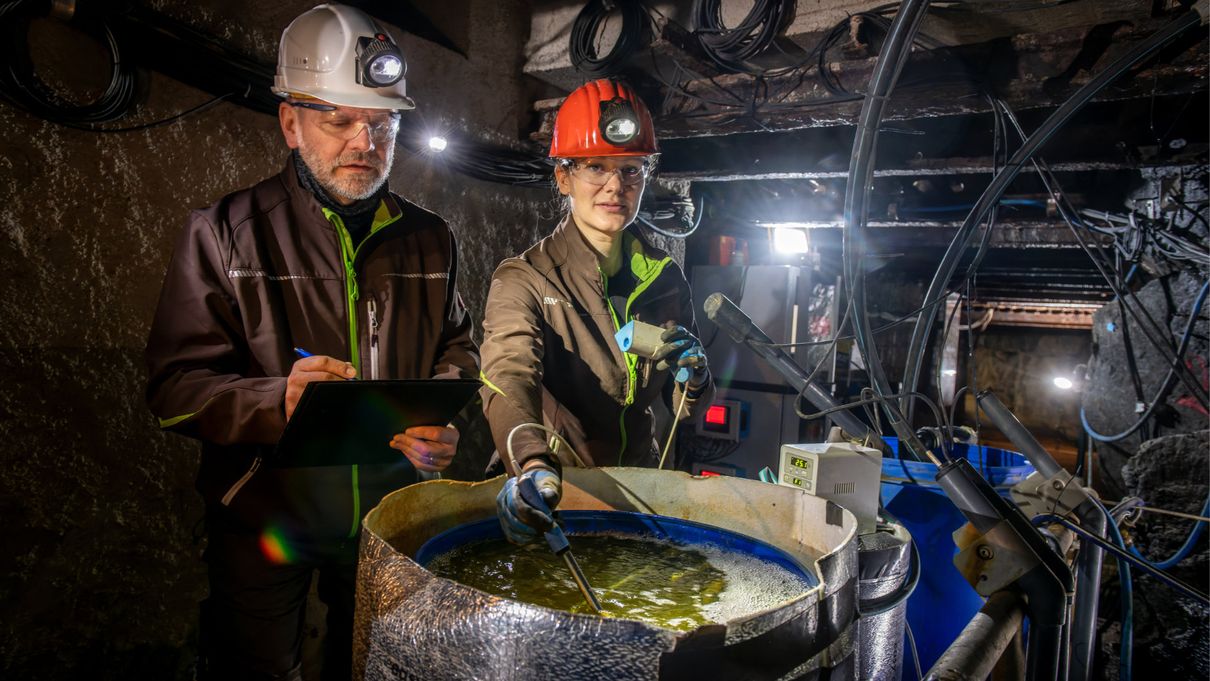
Underground laboratory and field tests proved: the procedure is working efficiently
The tests in the research mine at a depth of 147 meters included important parameters like the composition of the bacterial solution, enrichment with target elements, the process parameters used, and the yield of target elements. By adjusting the pressure, flow rate and purification processes, the separation efficiency for germanium was increased by 20 percent compared to the laboratory tests.
In the future, this sustainable extraction process will also be used for other elements such as cobalt in other deposits. Therefore, the Freiberg University of Mining and Technology, is looking for suitable partners for application at other locations. The long-term goal is the worldwide implementation of this minimally invasive technology.
